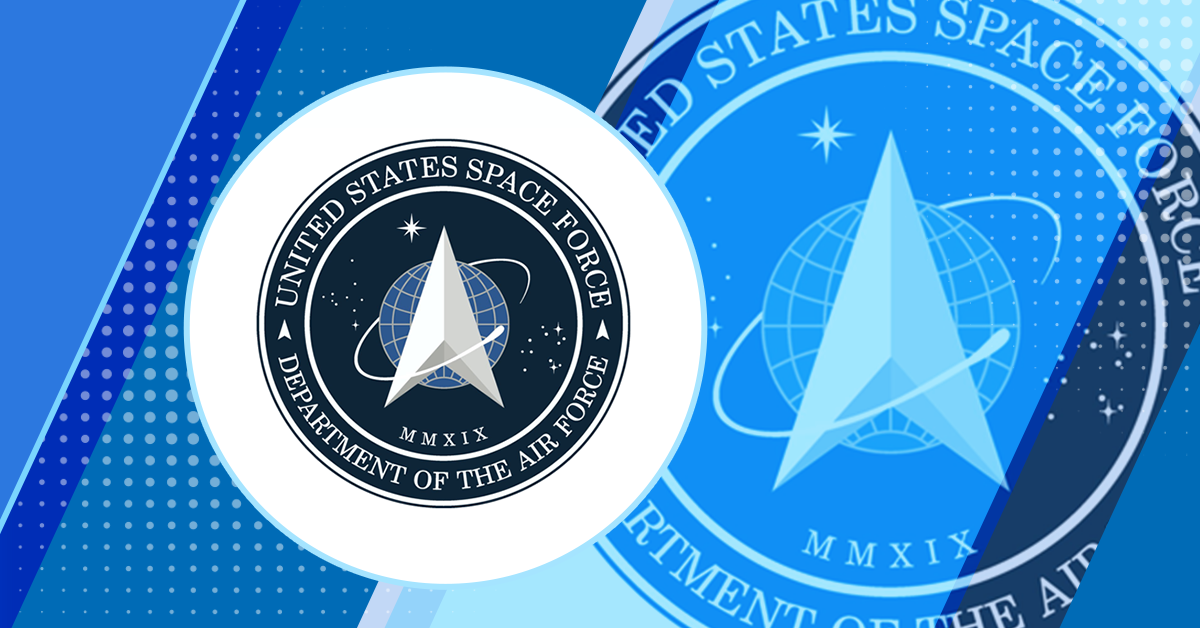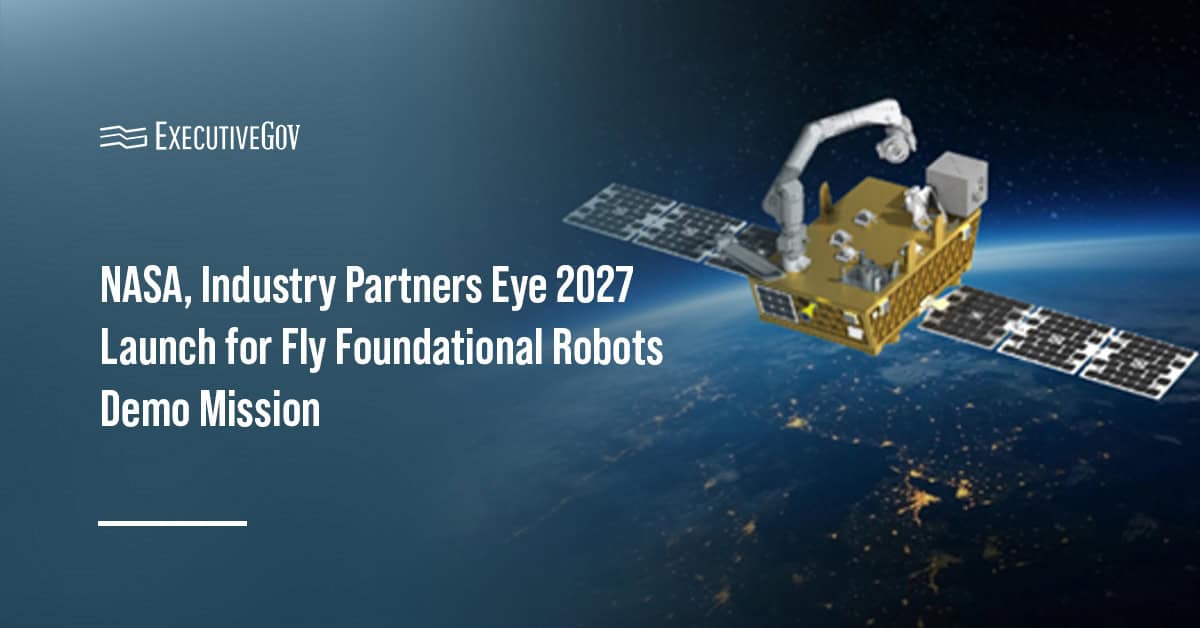The U.S. Space Force officially assumed responsibility for the U.S. Army’s Joint Tactical Ground Station missile warning system mission on Sunday, Oct. 1.
Space Delta 4 at Buckley Space Force Base in Aurora, Colorado, will oversee the JTAGS mission until Space Operations Command formally establishes the 5th Space Warning Squadron, SpOC said Monday.
JTAGS are space ground systems designed to receive, process and transmit infrared data derived from overhead sensors and satellite data to warfighters and combatant commanders, providing them with real-time warning on ballistic missile launches.
In August 2022, the Army transferred the military satellite communications mission to the Space Force, marking the consolidation of all Department of Defense’s satcom functions under a single service branch.





